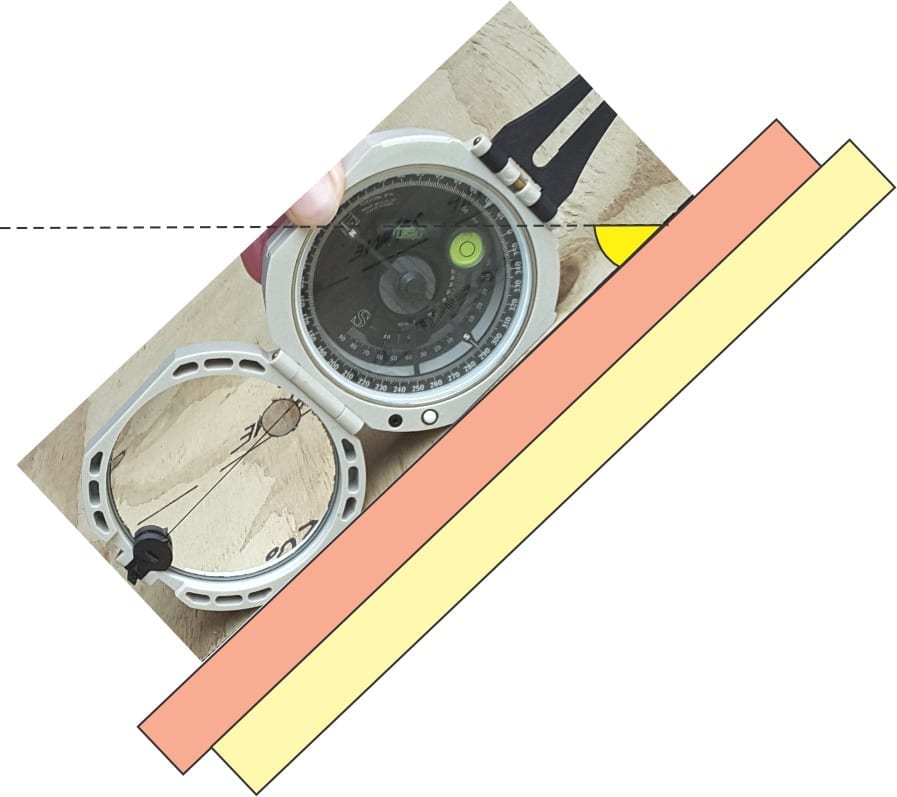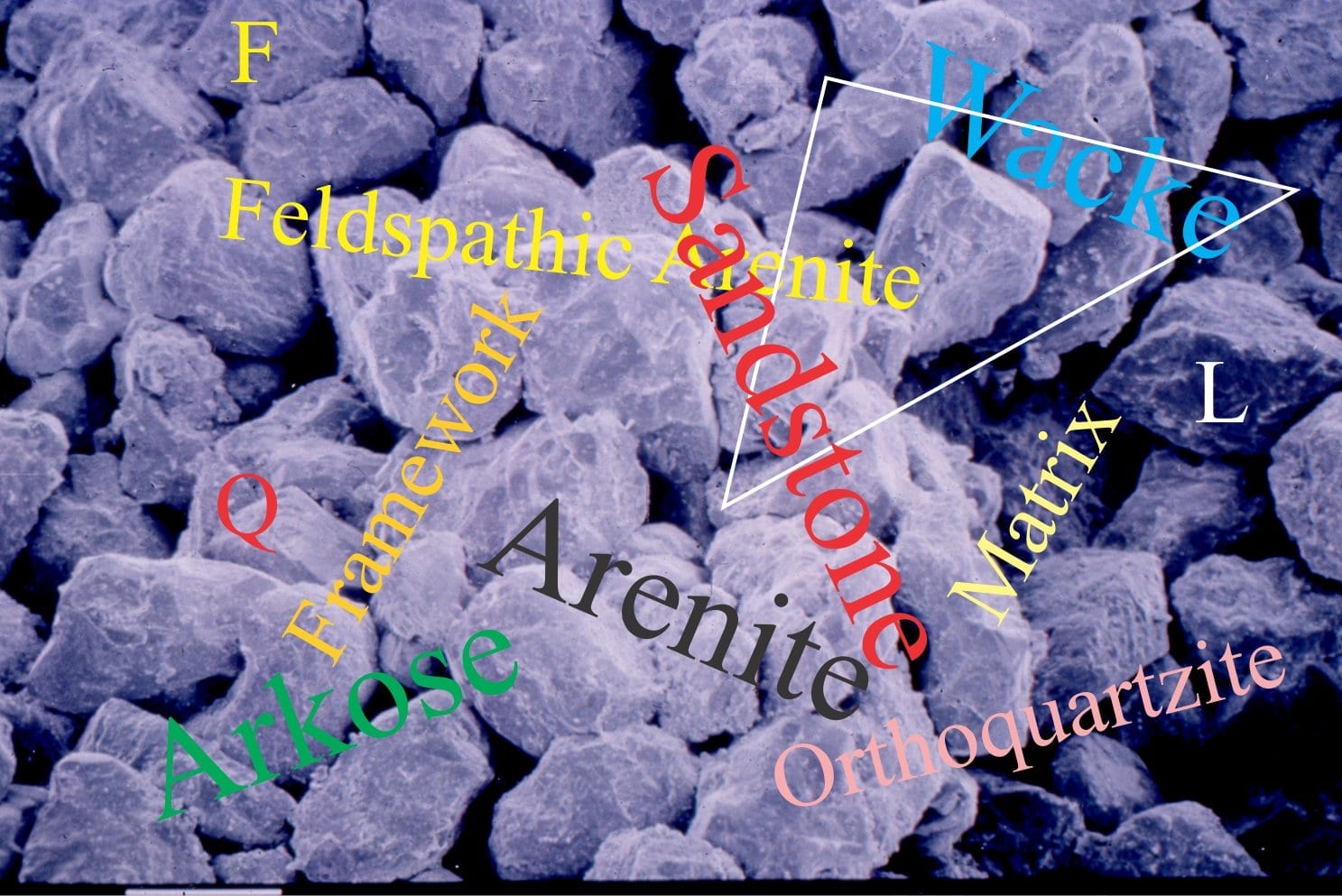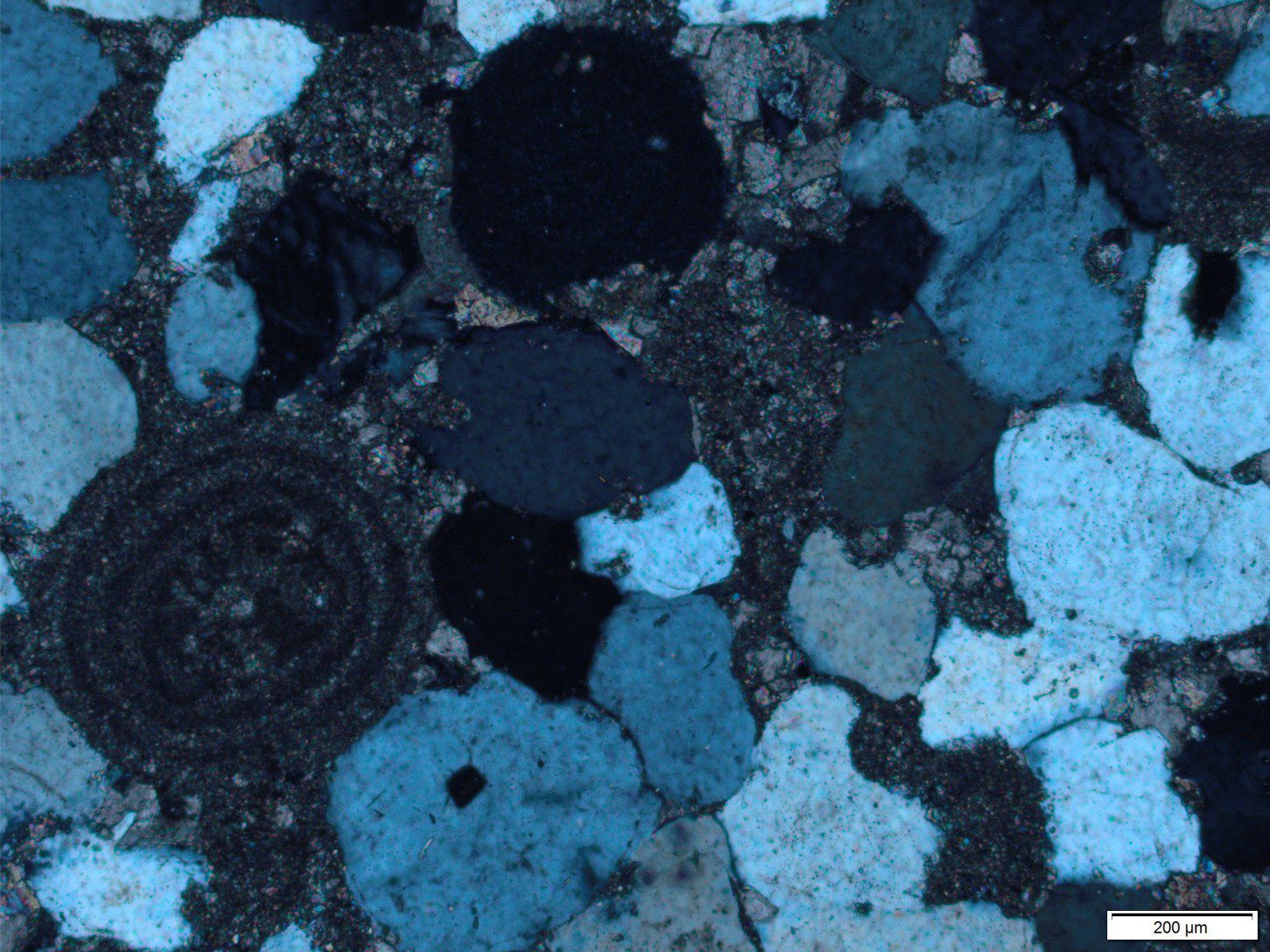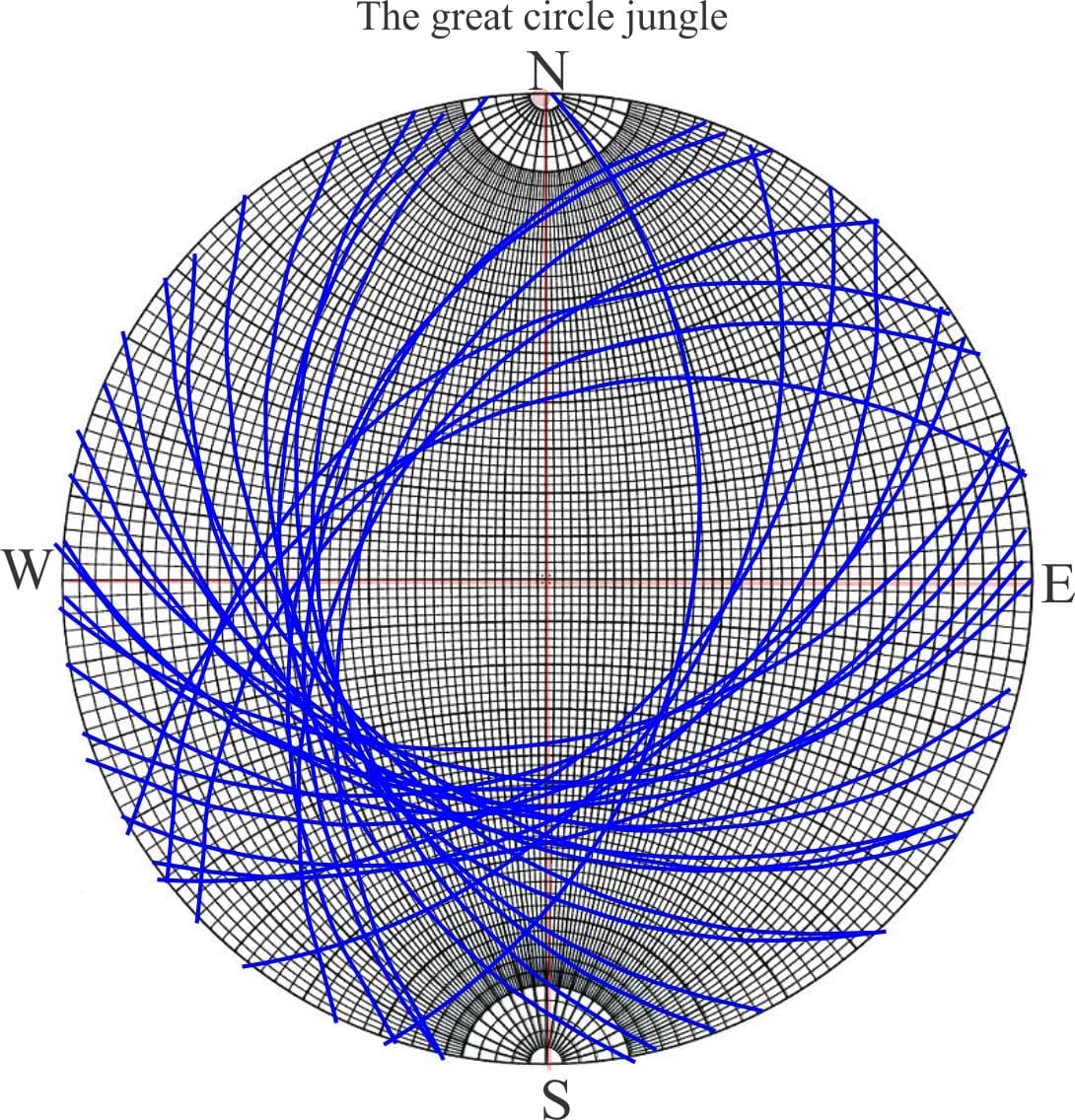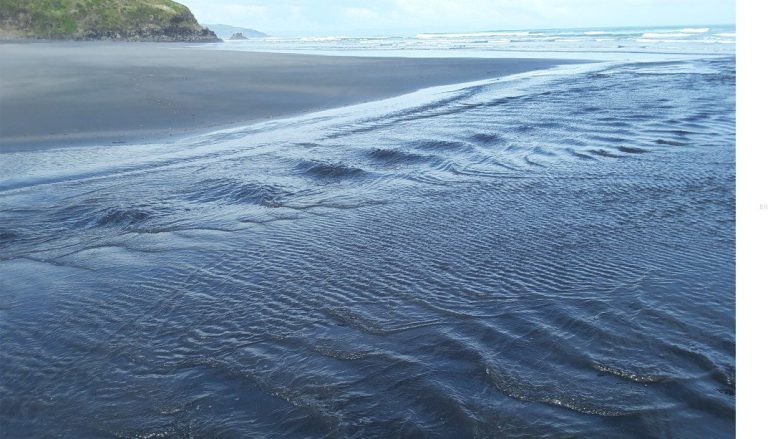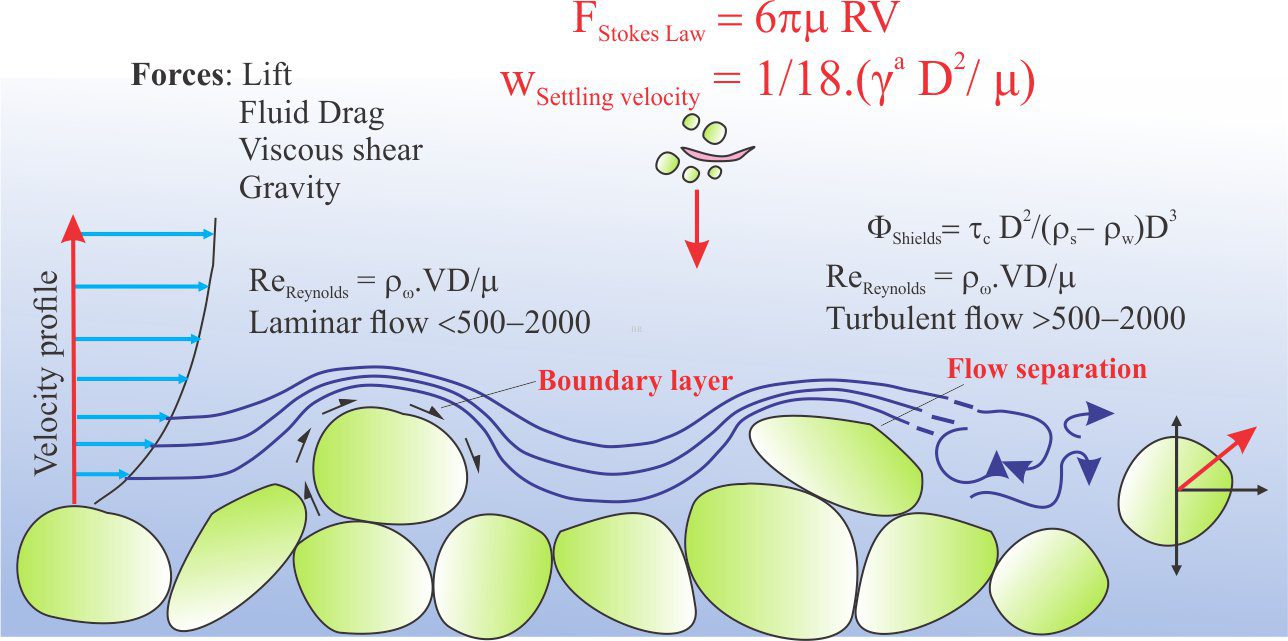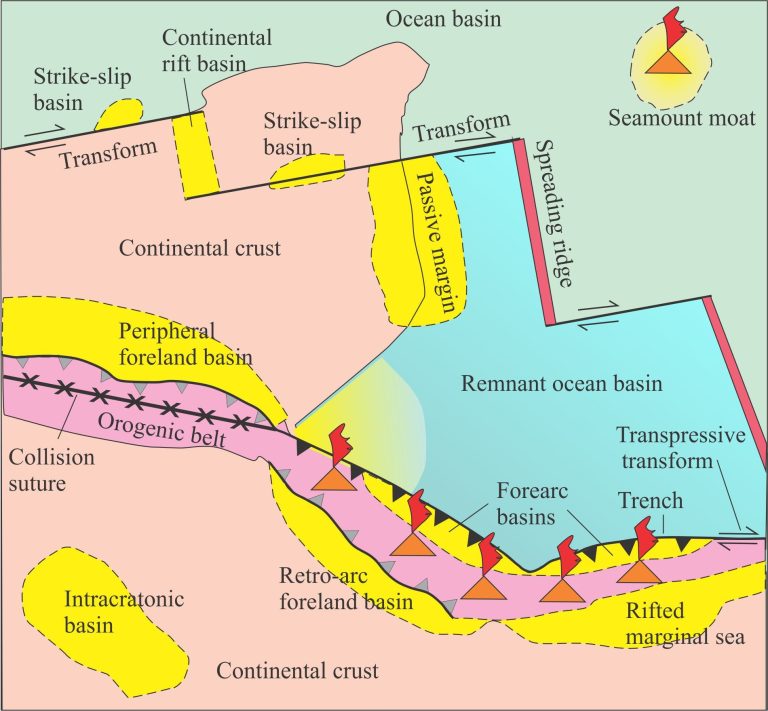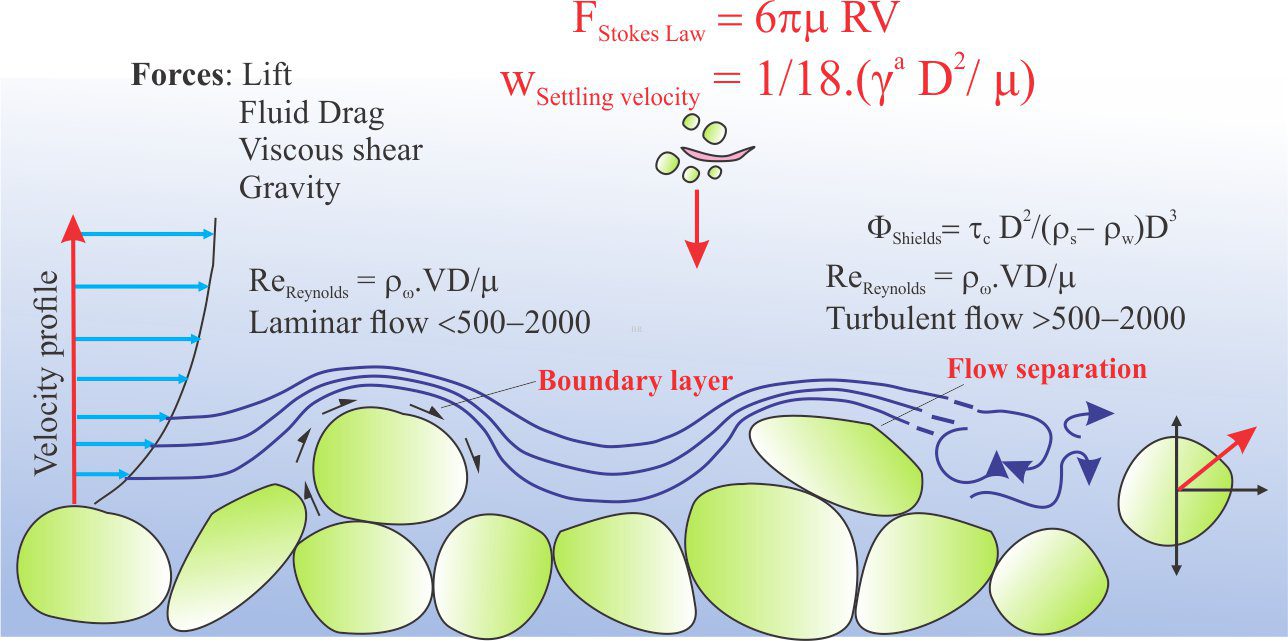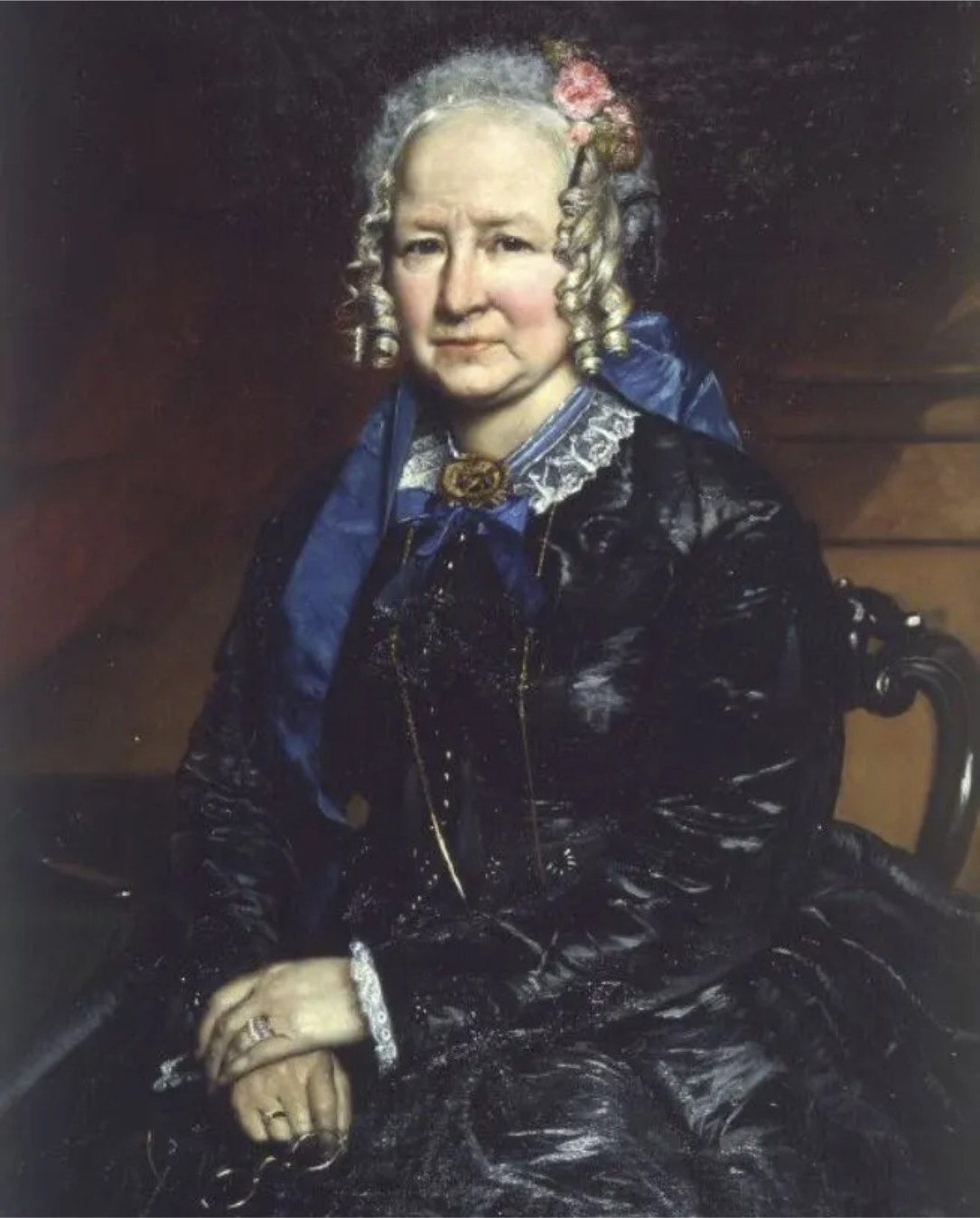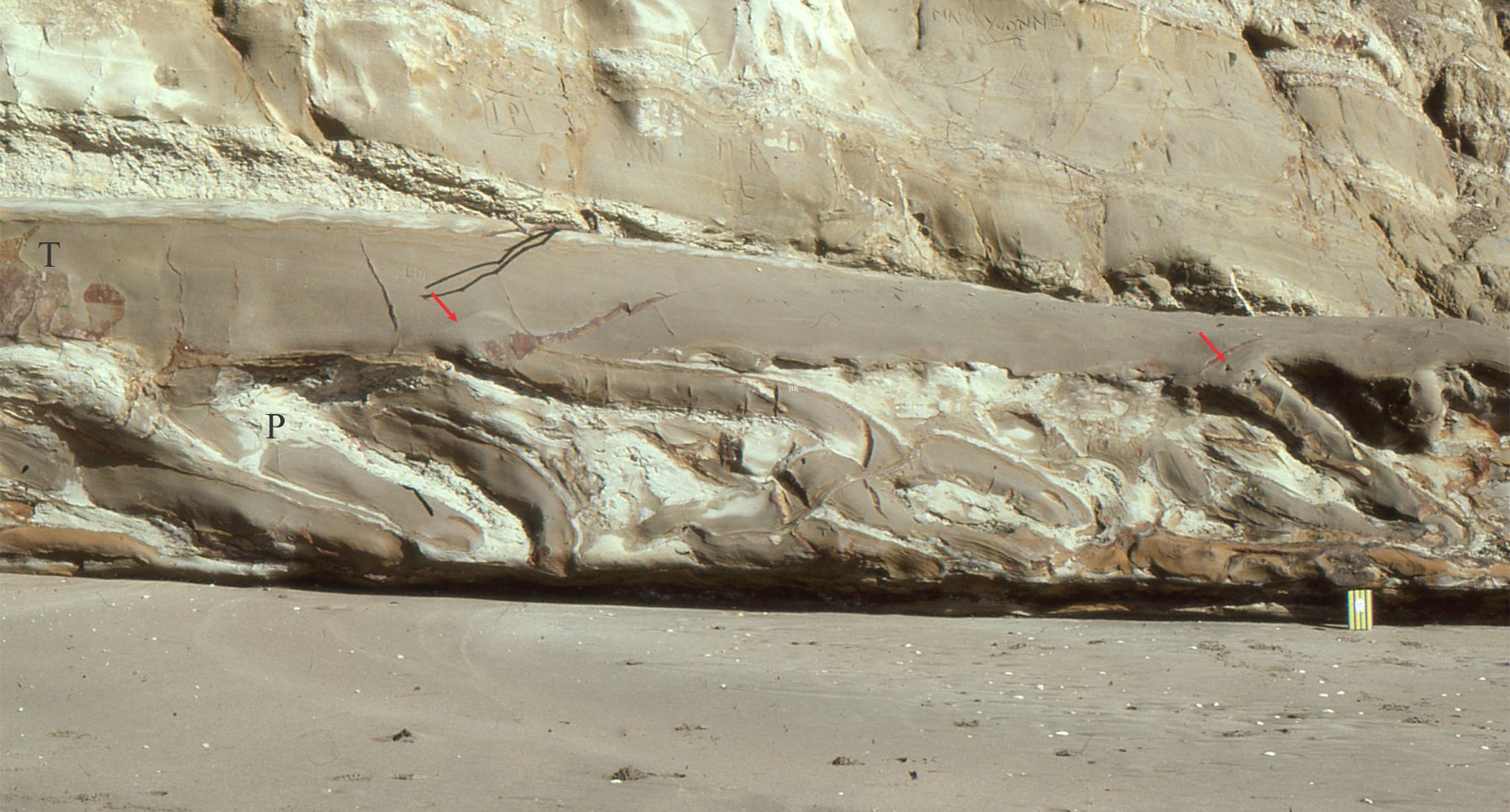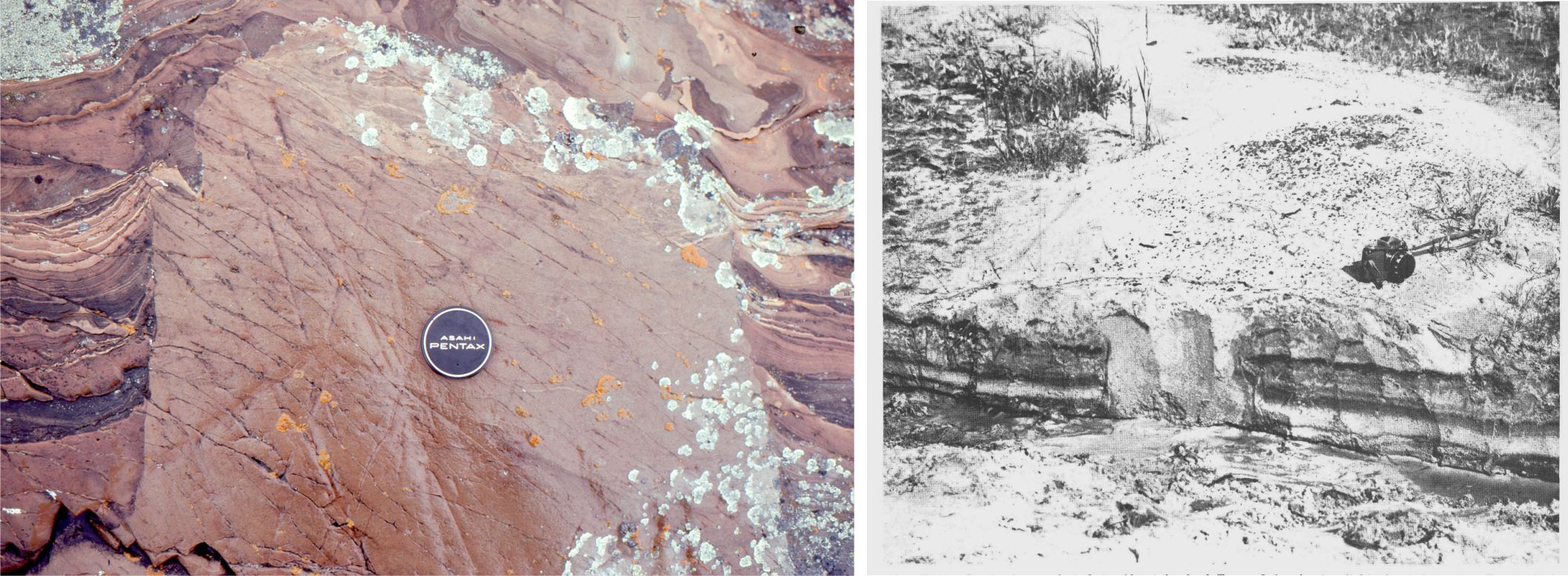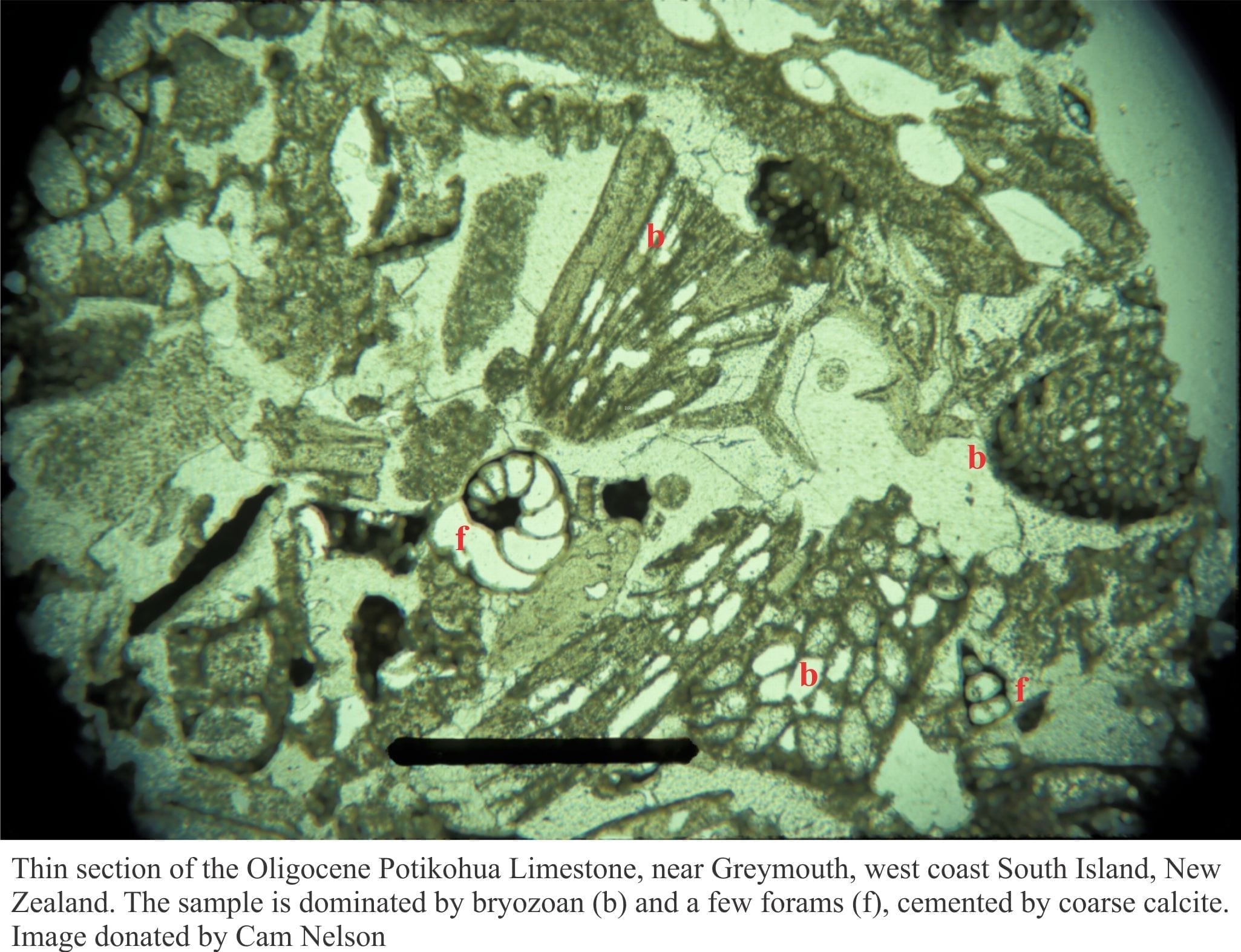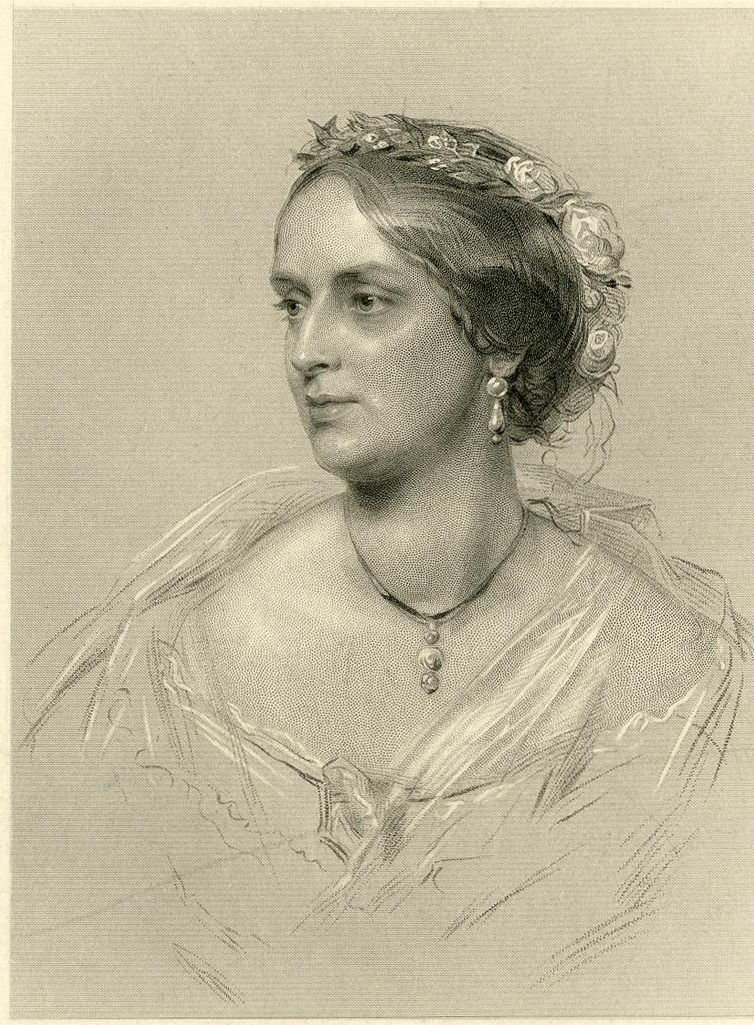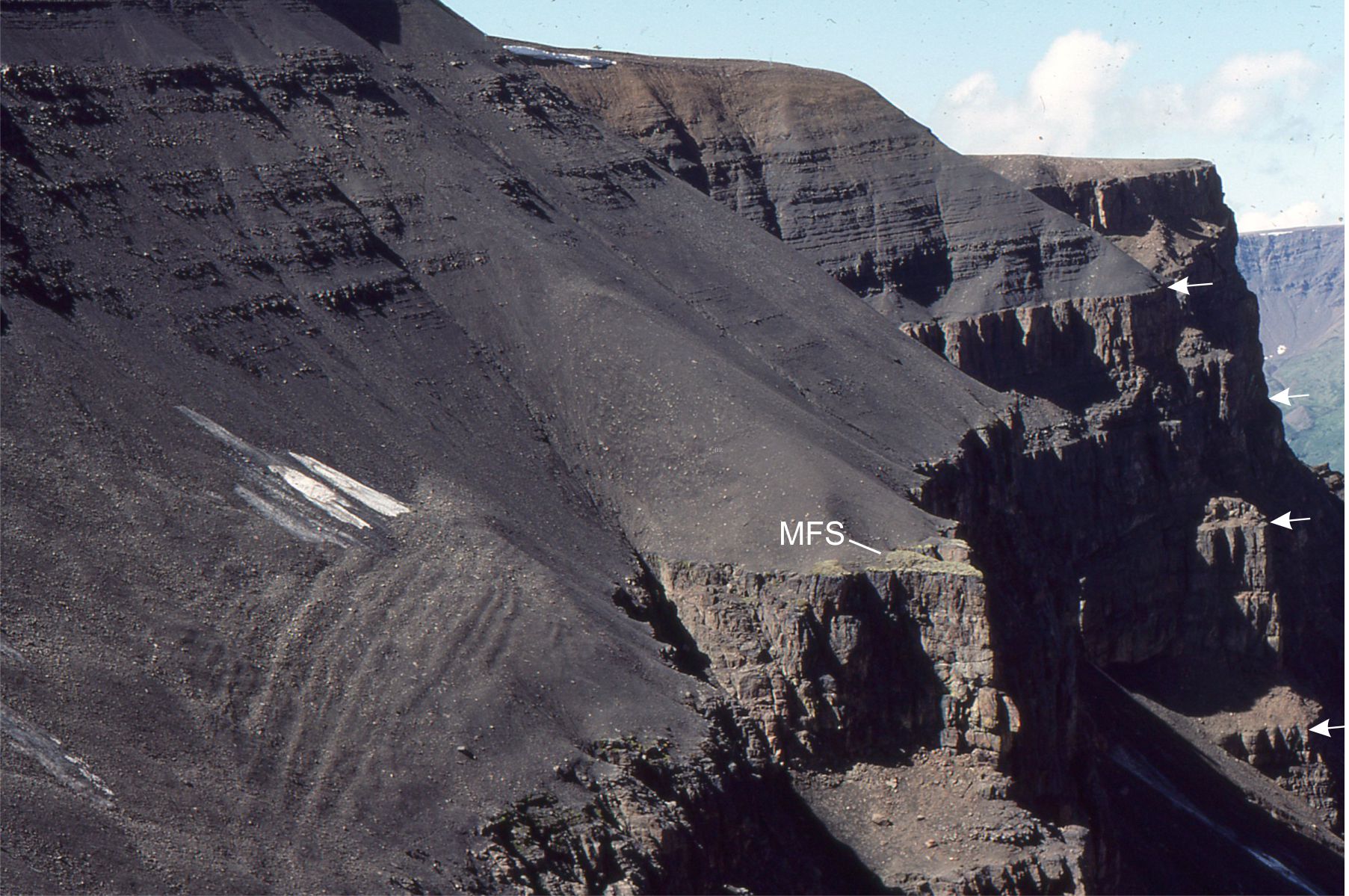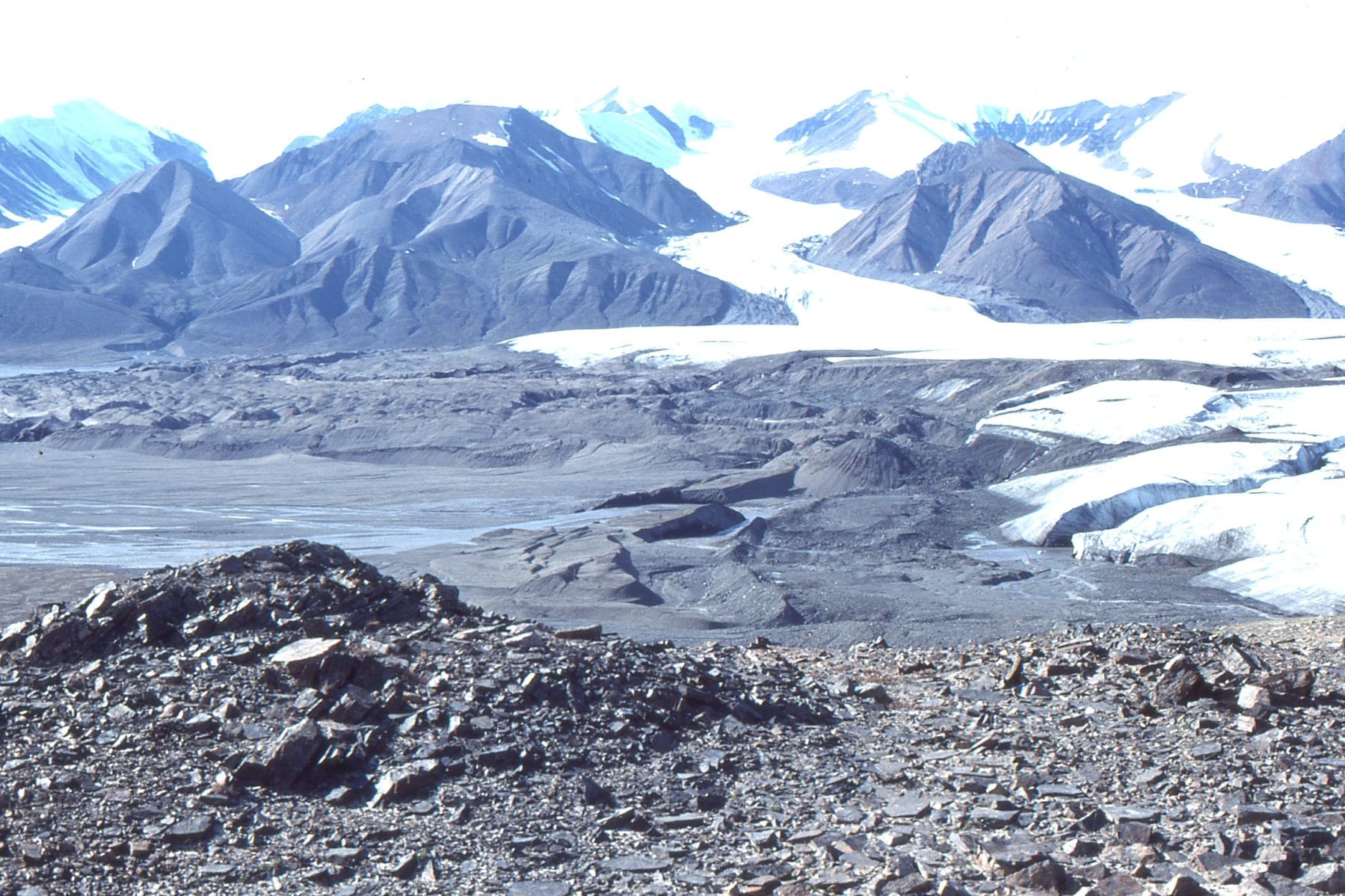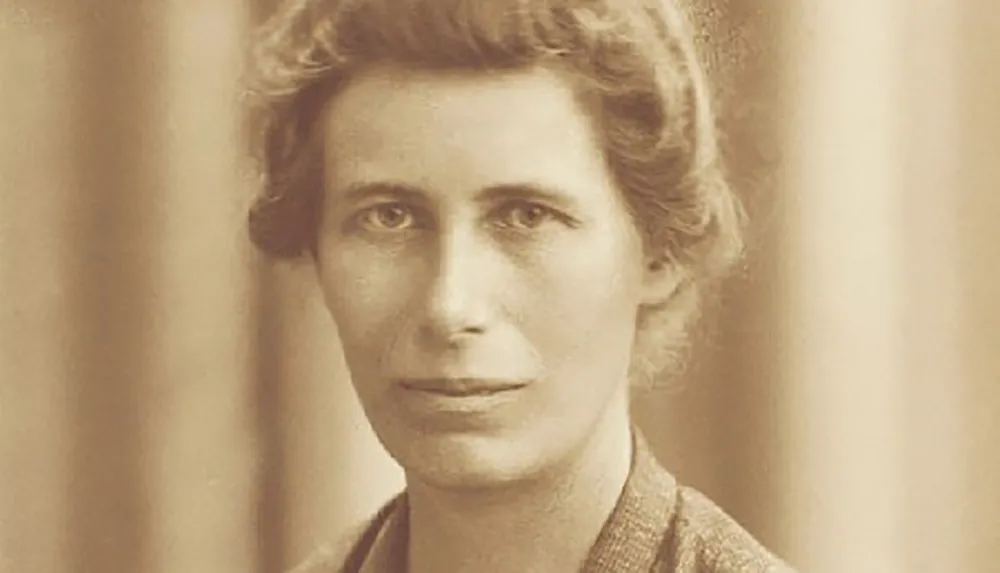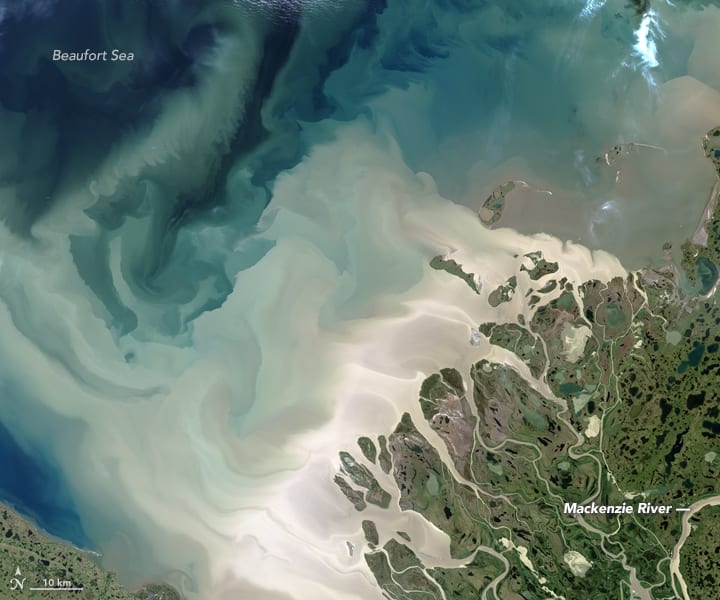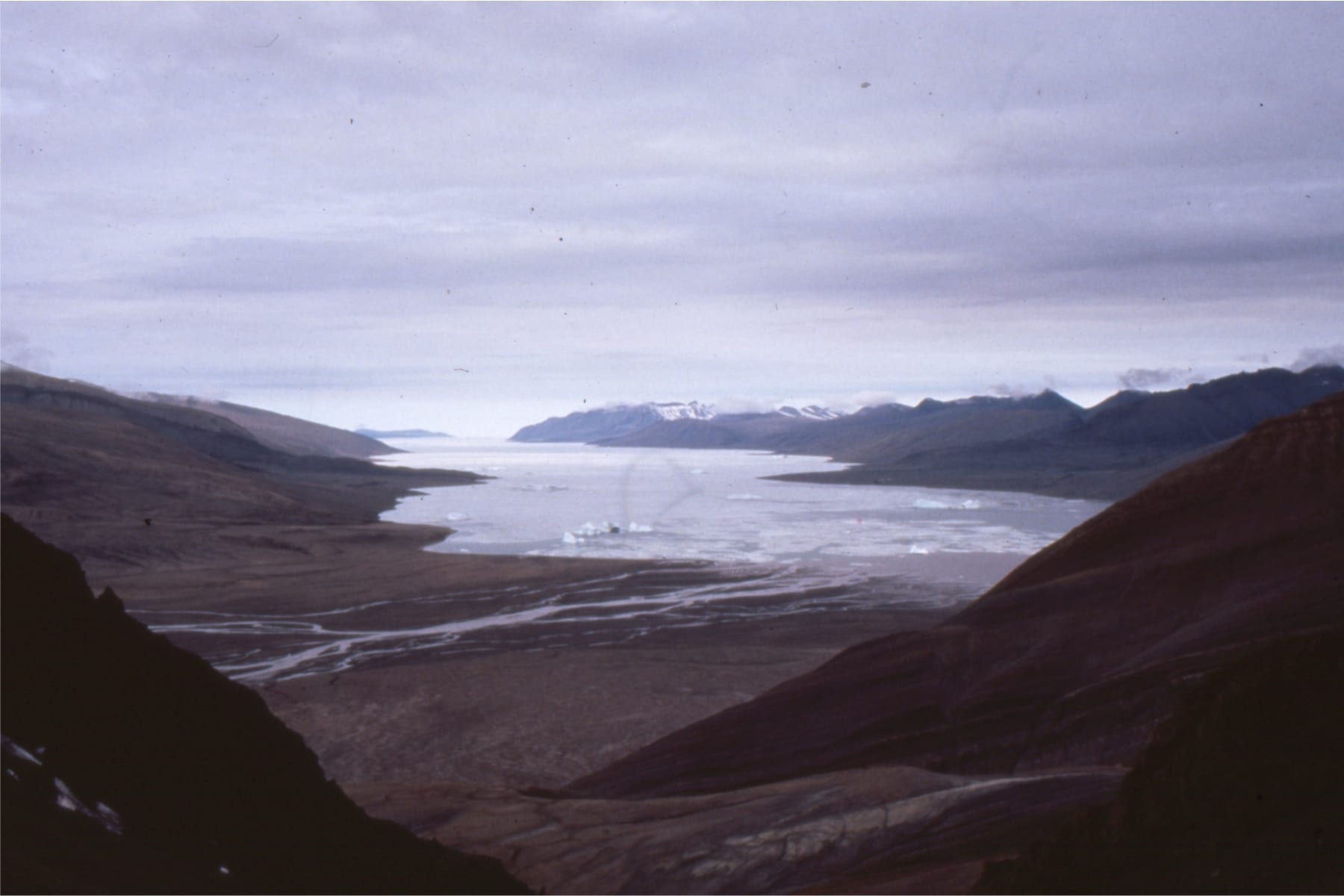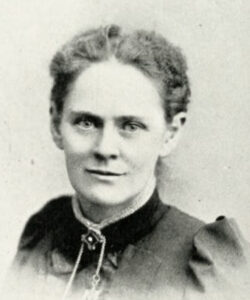
This biography is part of the series Pioneering women in Earth Sciences – the link will take you to the main page.
The American Association for the Advancement of Science (AAAS) was incorporated in 1848, morphing from its more discipline focused predecessor, The Association of American Geologists and Naturalists. The AAAS was modeled on its older British cousin. Its new mission was to represent all aspects of science in the young Republic (30 states at this time). It’s first women members were inducted in 1850. By the 1880s several groups had splintered from the parent organization, including in 1888 members of the original Association of American Geologists who felt that a society dedicated to the needs of geologists would be more advantageous. The first meeting of the Association was 27 December 1888 at Cornell University (New York). In 1889 the name was changed to The Geological Society of America (GSA).
From the beginning, the Society included women in its ranks of those who qualified as professionals or significant contributors to geology, although only a handful of women met these criteria; in this they were way ahead of their British counterpart, The Geological Society of London whose members were still debating the inclusion of women as late as 1919. For the GSA, women who were elected as Fellows were also eligible to run for office (according to Article IV of their constitution).
Mary Emilie Holmes was the first woman elected as a Fellow to the GSA in 1889. Florence Bascom followed five years later. Both were eligible for office, although Bascom, the first woman elected to the GSA Council, had to wait until 1924.

Holmes was also the first woman in the US to earn a PhD in geology from the University of Michigan (1887) – The Morphology of the Carinae; on the Septa of Rugose Corals (Florence Bascom was granted a PhD from Johns Hopkins University in 1893). However, Holmes’ life as a practicing geologist didn’t last long.
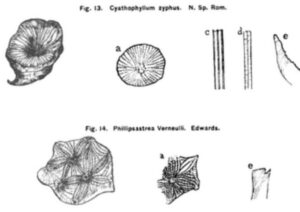
Mary Holmes family background exposed her to a religious outlook. Her father was a Presbyterian minister and the whole family became involved in missionary life with American First Nations. She was also an abolishionist and with her parents became involved with the welfare of freedmen at the end of Civil War hostilities. Teaching became her passion – she was a staunch advocate for the education of children. So, despite her continued interests in ‘science’, teaching and advocacy for African-American women and children occupied much of her time, even after completing her PhD.
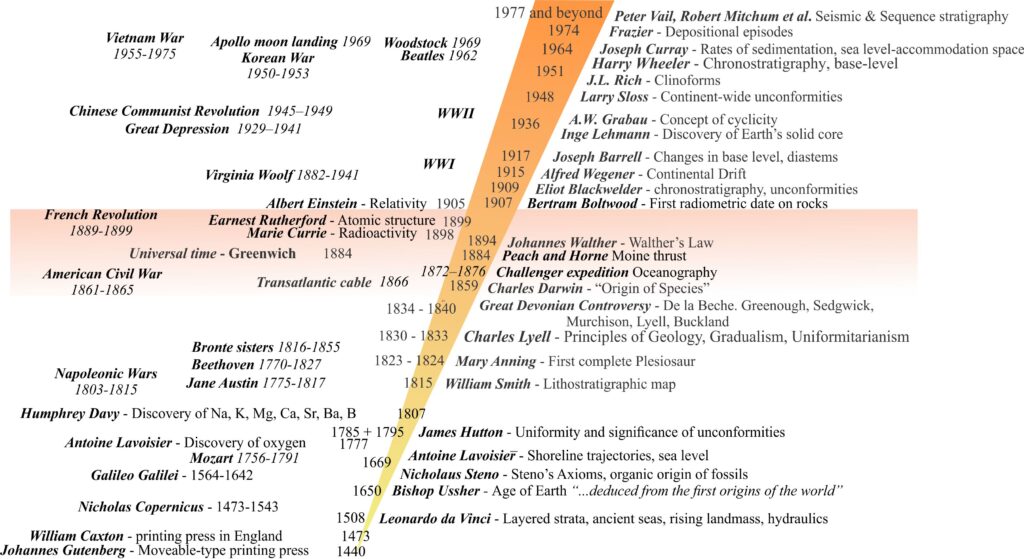
The culmination of these passions, in the last decade and a half of her life was to cofound with her father the Mary Holmes Seminary in 1892 (named after her mother), initially in Jackson and later Westpoint Mississippi (after the Jackson facility was destroyed by fire). Their goal was to prepare children and young women for life in the community at large with a curriculum that included science courses like zoology, botany, physics, algebra and geometry, in addition to religious and other studies. It was renamed Mary Holmes College, and in 1932 it became coeducational. The college, a legacy to Holmes’ energies, was closed in 2005, almost 100 years after her death.
Holmes also coauthored two faith-based novels: His Father’s Mantle (1895) about a missionary couple, and Aida Rocksbege and the White Stone (1897) about the trials and tribulations of a woman who discovers her African-American roots and dedicates her life to teaching – that may be partly autobiographical.
Natural history played an important part in Mary Holmes character and intellect – she was an avid collector and categorizer of the animate and inanimate. But unlike many of her scientific countrywomen, she is remembered primarily for her contributions to education rather than a life in pursuit of science questions and answers.
References and other useful links
Edwin Butt Eckel and Robert F. Legget, 1982. The Geological Society of America: Life History of a Learned Society, Geological Society of America Memoir 155.
Samuel Rogan, 1994. Educational and Evangelical Missions of Mary Emilie Holmes (1859-1906) Not to Seem, But to Be. Edwin Mellon, 113 p.
Pamela E. Foster, 2014. “Not to Seem, But to Be” | A History of Mary Holmes Seminary. Historically Black College and University (HBCU)
Justin Samuel, 2013. The Geological Society of America and its Founders. GSA Blogs.
